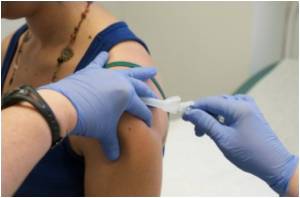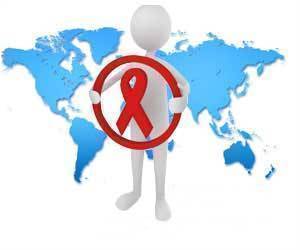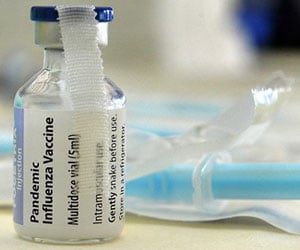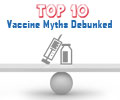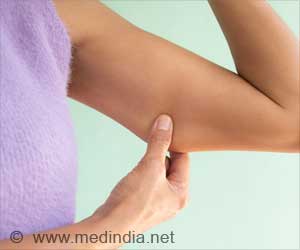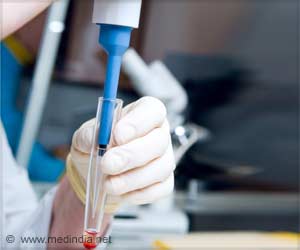At South Dakota State University (SDSU), a novel vaccine study will headline the groundbreaking research that will be unveiled at the American Association of Pharmaceutical Scientists' (AAPS) National Biotechnology Conference (NBC).
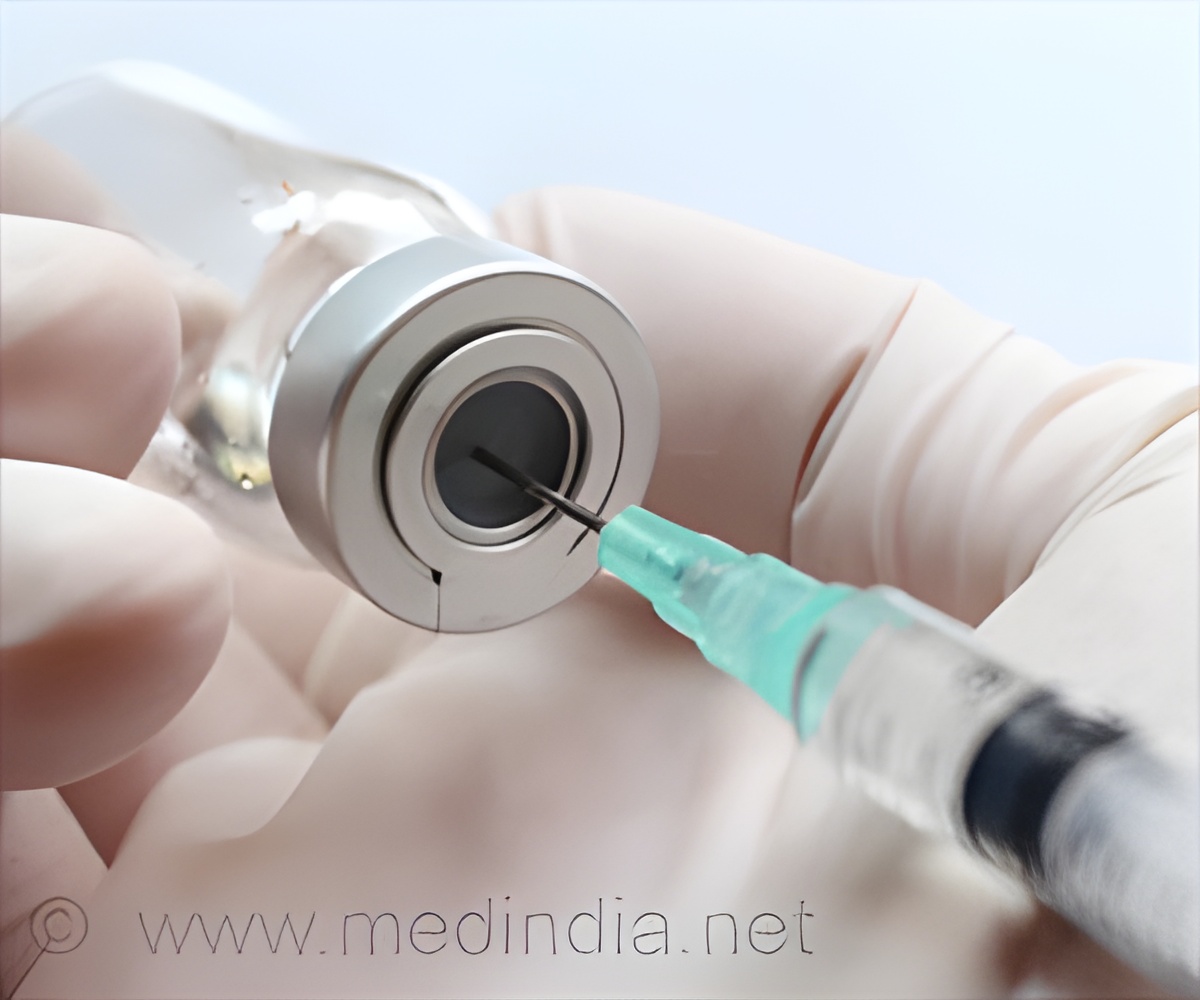
"The main goal of a vaccine is to stimulate the immune system to fight against a pathogen that causes the disease", explained Dr. Hemachand Tummala, assistant professor of Pharmaceutical Sciences at SDSU. "We want to make a delivery system that mimics pathogens in stimulating the immune system but not cause infection."
Tummala and his doctoral student, Sunny Kumar, used inulin acetate taken from a fiber derived from tubers, such as dahlias or chicory. "The fiber is natural, inexpensive and easily accessible", Tummala stated. "Most importantly, it acts as a PAMP [pathogen-associated molecular pattern]. We made pathogen-like nanoparticles with inulin acetate and incorporated pathogen-related antigens inside them." Tummala explained, "Once the antigen presenting cells sense these particles as pathogens, they eat them and process them as PAMPs." This then aggravates the immune system.
The researchers then tested the technology in preventing a viral disease. Tummala collaborated with Dr. Victor Huber, assistant professor and infectious disease specialist at the Sanford School of Medicine, whose research focuses on influenza.
The researchers then tested the efficiency of the vaccine delivery system in mice against a lethal challenge of the 2009 pandemic H1N1 flu virus. One group of mice was not immunized, while the others received a vaccine containing one or two antigens. Within eight days, 90 percent of the unvaccinated mice died. Those who received one antigen contracted the flu, and all but one recuperated. None of those who received the vaccine with two antigens acquired the flu.
"The low cost of the technology, estimated at one or two dollars per dose, also makes it suitable for animal vaccines," Tummala explained. He is working with other SDSU researchers to apply the delivery to sheep and swine vaccines.
Advertisement
Source-Eurekalert

